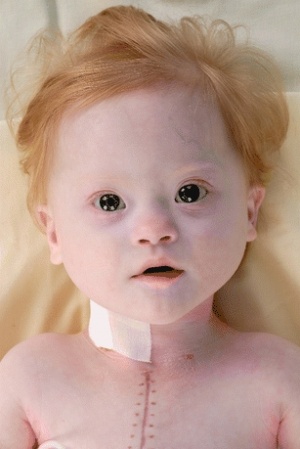User:Z3289301: Difference between revisions
(→Lab 3) |
(→Lab 3) |
||
| Line 67: | Line 67: | ||
I have upload two versions of the file. The most recent one has the correct summary content. | |||
--[[User:Z3289301|Z3289301]] 13:03, 11 August 2011 (EST) | --[[User:Z3289301|Z3289301]] 13:03, 11 August 2011 (EST) | ||
--[[User:Z3289301|Dona Cho]] 20:33, 17 August 2011 (EST) | |||
Revision as of 20:33, 17 August 2011
Lab 4 Online Assessment
- The allantois, identified in the placental cord, is continuous with what anatomical structure?
- Identify the 3 vascular shunts, and their location, in the embryonic circulation.
- Identify the Group project sub-section that you will be researching. (Add to project page and your individual assessment page)
Lab Attendance
--Z3289301 12:55, 28 July 2011 (EST)
--Z3289301 13:01, 4 August 2011 (EST)
--Z3289301 11:31, 11 August 2011 (EST)
Lab 1
1.Identify the origin of In Vitro Fertilization and the 2010 nobel prize winner associated with this technique.
The introduction of In Vitro Fertilization (IVF) dates back to the late 1800's where a team from the University of Cambridge, England, attempted and succeeded in transplanting embryos in rabbits. After many years, in 1959, Chang MC experienced a breakthrough as he succeeded in fertilizing a rabbit ova in vitro. Finally, through Patrick Steptoe and Robert Edwards' research, the first IVF human baby,Louise Brown, was born in England, 1978.
The Robert Edwards received the 2010 Nobel Prize associated with IVF.
2. Identify a recent paper on fertilisation and describe its key findings
The key findings: 1. The success rate of IVF when using fresh testicular sperm is similar to using cryopreserved testicular sperm. 2. Even if fresh testicular sperm lacks motility, it can still be cryopreserved and used for later an IVF treatment as the outcome is still favourable.
Reference: Levron, J.; Madgar, I.; Shefi, S.; Meirow, D.; Wiser, A.; Bider, D.; Dor, J.; Raviv, G.(2011) IVF outcome with cryopreserved testicular sperm. Andrologia,43:1.DOI: 10.1111/j.1439-0272.2009.01014.
3. Identify 2 congenital anomalies.
1. Hypospadias 2. Trisomy 21 (Down’s syndrome)
--Z3289301 18:34, 3 August 2011 (EST)
Lab 2
1. Identify the ZP protein that spermatozoa binds and how is this changed (altered) after fertilisation.
ZP3 is the sperm receptor. After fertilisation, a carbohydrates on the ZP3 is modified or removed. This then means that ZP3 can no longer bind to another sperm, preventing polysermy.
2. Identify a review and a research article related to your group topic.
Review article: [1]
Research article: [2]
--Z3289301 18:05, 10 August 2011 (EST)
Lab 3
1. What is the maternal dietary requirement for late neural development?
Folate is a dietary requirement. Adequate folate intake is recommended for women, particularly those in the periconceptual period. It greatly reduces chances of neural tube defects, such as anencephaly and spina bifida.
2. Upload a picture relating to you group project. Add to both the Group discussion and your online assessment page. Image must be renamed appropriately, citation on "Summary" window with link to original paper and copyright information. As outlined in the Practical class tutorial.
I have upload two versions of the file. The most recent one has the correct summary content.
--Z3289301 13:03, 11 August 2011 (EST)
--Dona Cho 20:33, 17 August 2011 (EST)
